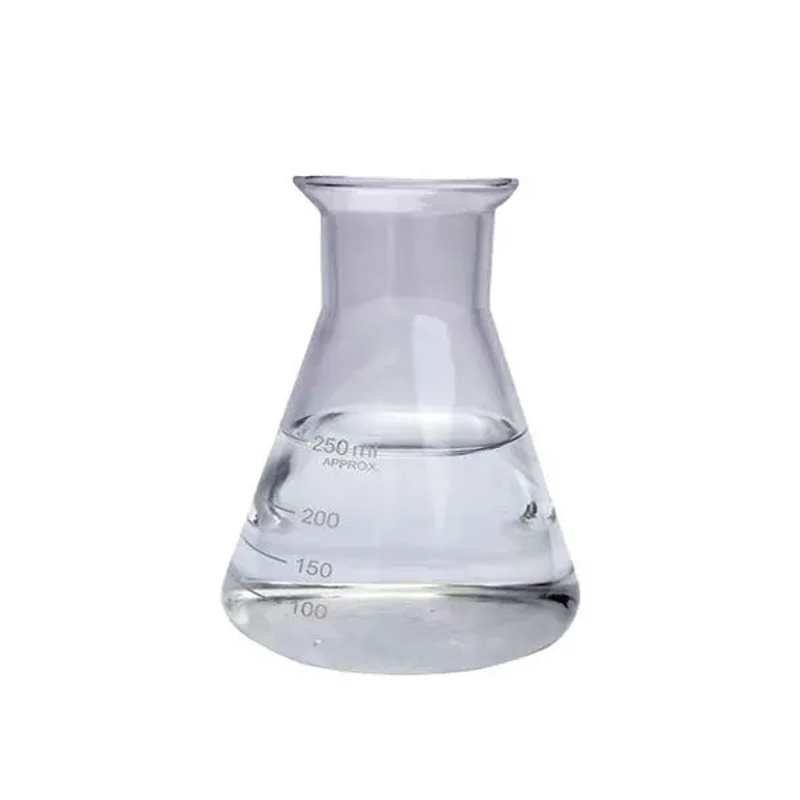-
Categories
-
Pharmaceutical Intermediates
-
Active Pharmaceutical Ingredients
-
Food Additives
- Industrial Coatings
- Agrochemicals
- Dyes and Pigments
- Surfactant
- Flavors and Fragrances
- Chemical Reagents
- Catalyst and Auxiliary
- Natural Products
- Inorganic Chemistry
-
Organic Chemistry
-
Biochemical Engineering
- Analytical Chemistry
-
Cosmetic Ingredient
- Water Treatment Chemical
-
Pharmaceutical Intermediates
Promotion
ECHEMI Mall
Wholesale
Weekly Price
Exhibition
News
-
Trade Service
Introduction
Oxyphenonium bromide is a pharmaceutical compound that is commonly used as a muscle relaxant and anaesthetic.
It is also used in the treatment of depression, anxiety, and other neurological disorders.
The compound is synthesized through various synthetic routes in the chemical industry.
In this article, we will discuss some of the most commonly used synthetic routes for producing oxyphenonium bromide.
Synthesis Route 1: Electrophilic substitution
This route involves the substitution of the chlorine atom in chlorpheniramine maleate with a bromine atom to form oxyphenonium bromide.
The reaction involves the use of bromine water and sodium hydroxide to convert chlorpheniramine maleate into oxyphenonium bromide.
This route is commonly used in industry as it is relatively simple and inexpensive.
Synthesis Route 2: Nitrile oxide method
This route involves the synthesis of oxyphenonium bromide from nitrile and hydrogen bromide in the presence of a Lewis acid catalyst.
The reaction involves the formation of a nitrile oxide intermediate, which is subsequently converted into oxyphenonium bromide.
This route is more complex than the electrophilic substitution method, but it offers better yield and purity of the final product.
Synthesis Route 3: Amino nitro method
This route involves the synthesis of oxyphenonium bromide from chlorpheniramine maleate and ammonia in the presence of a mineral acid catalyst.
The reaction involves the formation of an intermediate nitro compound, which is subsequently converted into oxyphenonium bromide.
This route is less commonly used in industry due to the high cost and safety concerns associated with the use of mineral acids.
Synthesis Route 4: Direct amination
This route involves the synthesis of oxyphenonium bromide from chlorpheniramine and an amine in the presence of an acid catalyst.
The reaction involves the conversion of chlorpheniramine into oxyphenonium bromide through an amination reaction.
This route is more complex than the other synthetic routes, but it offers better control over the reaction conditions and purity of the final product.
Conclusion
Oxyphenonium bromide is a commonly used pharmaceutical compound with a wide range of therapeutic applications.
It is synthesized through various synthetic routes in the chemical industry, including electrophilic substitution, nitrile oxide method, amino nitro method, and direct amination.
The choice of synthetic route depends on the specific requirements of the manufacturer and the desired purity and yield of the final product.
The use of safe and efficient synthetic routes is essential for ensuring the quality and safety of pharmaceutical products.







